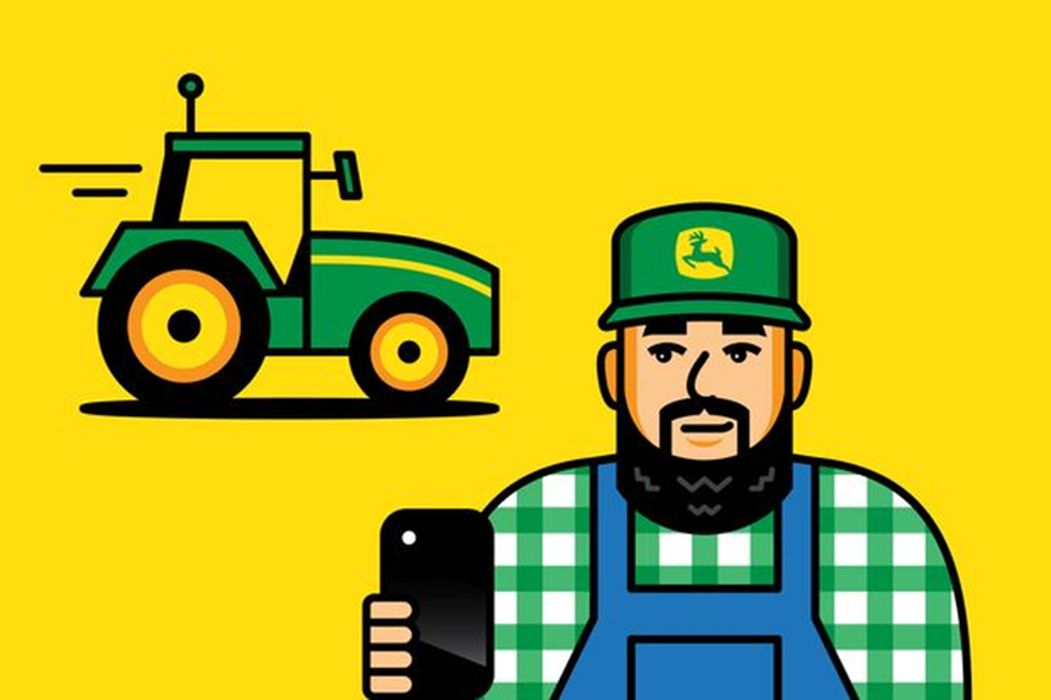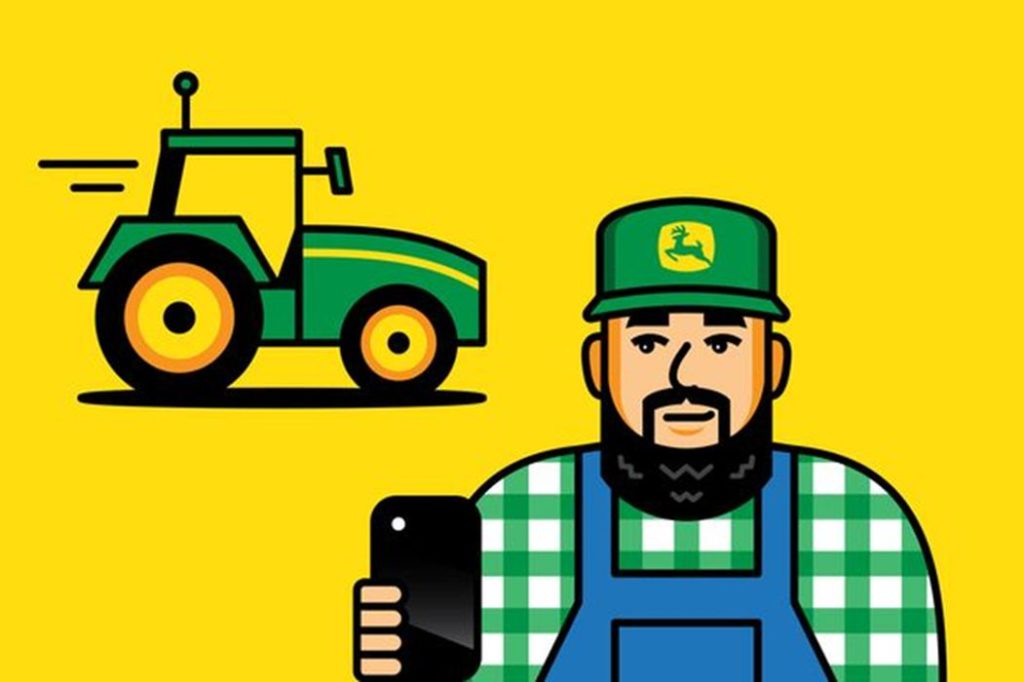
Charles R. Goulding and Preeti Sulibhavi predict areas of interest for 3D printing based on the recent CES event.
We are experiencing a large increase in automation projects often centered around new robot technologies.
Some of the exciting new robot categories include oil rig operation, agriculture and hospital operations.
Oil Rig
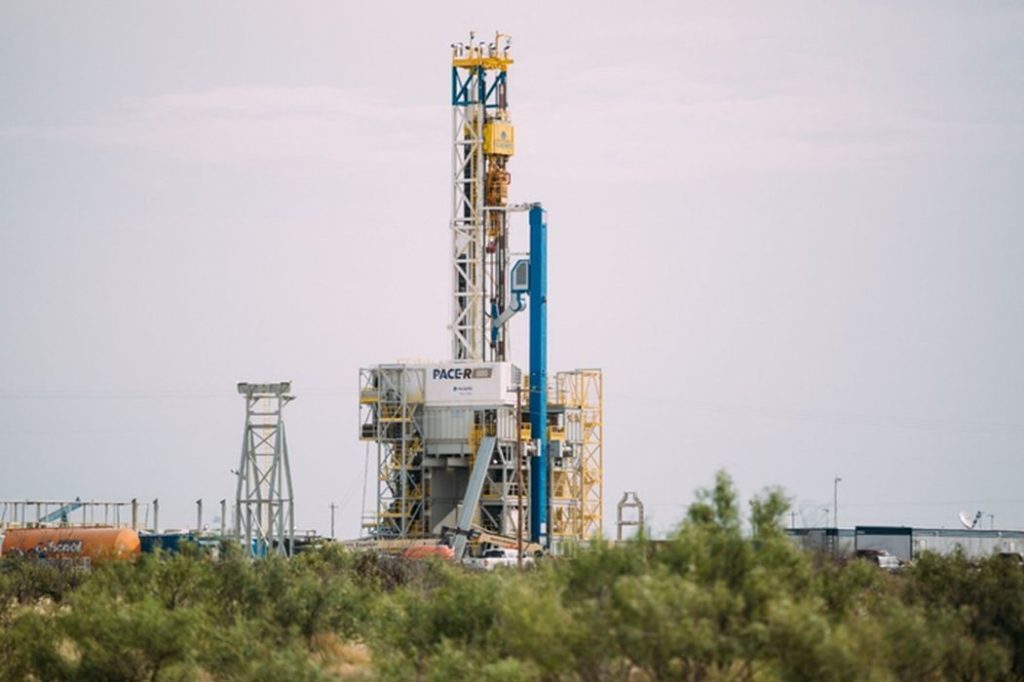
In an oil patch the floor of an active drilling rig has long been one of the most dangerous places in the business. Whether drilling downhole, changing out drill bits or pulling strings of drill pipe out of the hole, the labor-intensive activities necessary to drill these deep holes into the earth have always accounted for a significant percentage of reportable, lost-time accidents that companies incur every year.
In an industry first for a land drilling rig, ExxonMobil, subsidiary XTO Energy and Nabors Drilling, have reached total depth on the first of a planned three horizontal wells in the Permian Basin using an innovative Nabors drilling rig with a fully-automated, unmanned rig floor.
Nabors announced that they developed a technology to drill these horizontal wells in the Permian Basin, and presumably any other oil and gas producing region, with no employees having to be present on the rig floor, where the action takes place. The company said that its PACE-R801 drilling rig achieves this by combining Nabors proprietary Smart Suite of automated drilling software with Canrig robotics on the PACE-R801, creating an unmanned rig floor that removes crews from red zone areas and delivers consistent, predictable drilling performance.
Agriculture
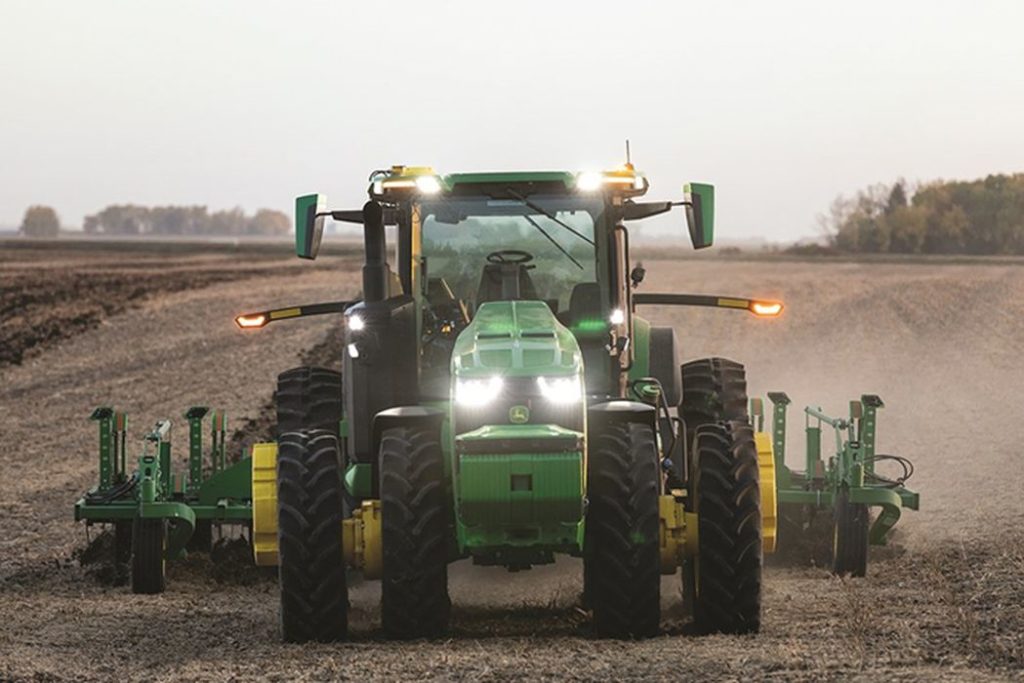
Farm equipment, industry giant, Deere developed a new autonomous tractor with an attached tillage implemented at the CES tech show in January 2022.
Deere’s director of emerging technologies, Julian Sanchez, told Barron’s that tillage is a vital, time-consuming, and tedious process with the goal of preparing the soil for next season’s planting. If it is not done expeditiously, the ground could freeze. Ineffective tilling leads to seeds that don’t take and a lower crop yield.
This tractor can operate without a driver in the cab, it can detect obstacles that may damage the attached tiller (the system includes six cameras to detect holes, debris, and other objects), and it improves productivity by about 20%.
Hospital Robots
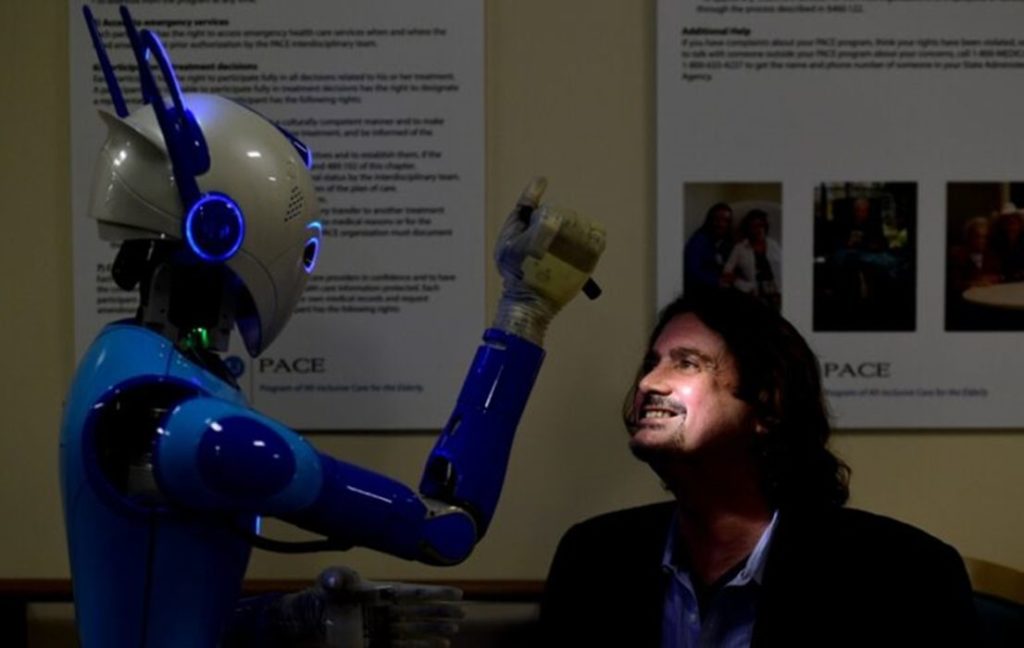
Beyond Imagination has created Beomni, a cutting-edge humanoid robot that was featured at the January 2022 Consumer Electronics Show (CES) and is now the world’s most advanced robot with an evolving AI brain that will take telemedicine to the next level.
Beomni can interact with medical personnel and patients. Particularly in assisted living facilities, Beomni can be a big help, conducting routing examinations, etc.
Beomni has demonstrated that it can conduct routine physical examinations at the TRU PACE Center in Lafayette in 2021, where it used a flashlight to examine the eyes of CEO and Founder, Harry Kloor, PhD.
New Robot automation technologies provide two opportunities for 3D printing. One opportunity is designing and producing key robot components. The second opportunity is to provide 3D printers along with the robots as part of industry 4.0 projects.
The Research & Development Tax Credit
The now permanent Research and Development (R&D) Tax Credit is available for companies developing new or improved products, processes and/or software.
3D printing can help boost a company’s R&D Tax Credits. Wages for technical employees creating, testing, and revising 3D printed prototypes can be included as a percentage of eligible time spent for the R&D Tax Credit. Similarly, when used as a method of improving a process, time spent integrating 3D printing hardware and software counts as an eligible activity. Lastly, when used for modeling and preproduction, the costs of filaments consumed during the development process may also be recovered.
Whether it is used for creating and testing prototypes or for final production, 3D printing is a great indicator that R&D Credit eligible activities are taking place. Companies implementing this technology at any point should consider taking advantage of R&D Tax Credits.
Conclusion
If there is any time for 3D printing to take a deeper dive into labor-saving, robot automation, it is now. This year’s CES Las Vegas trade show presented a wide range of robot technologies that the 3D printing community should find interesting.

